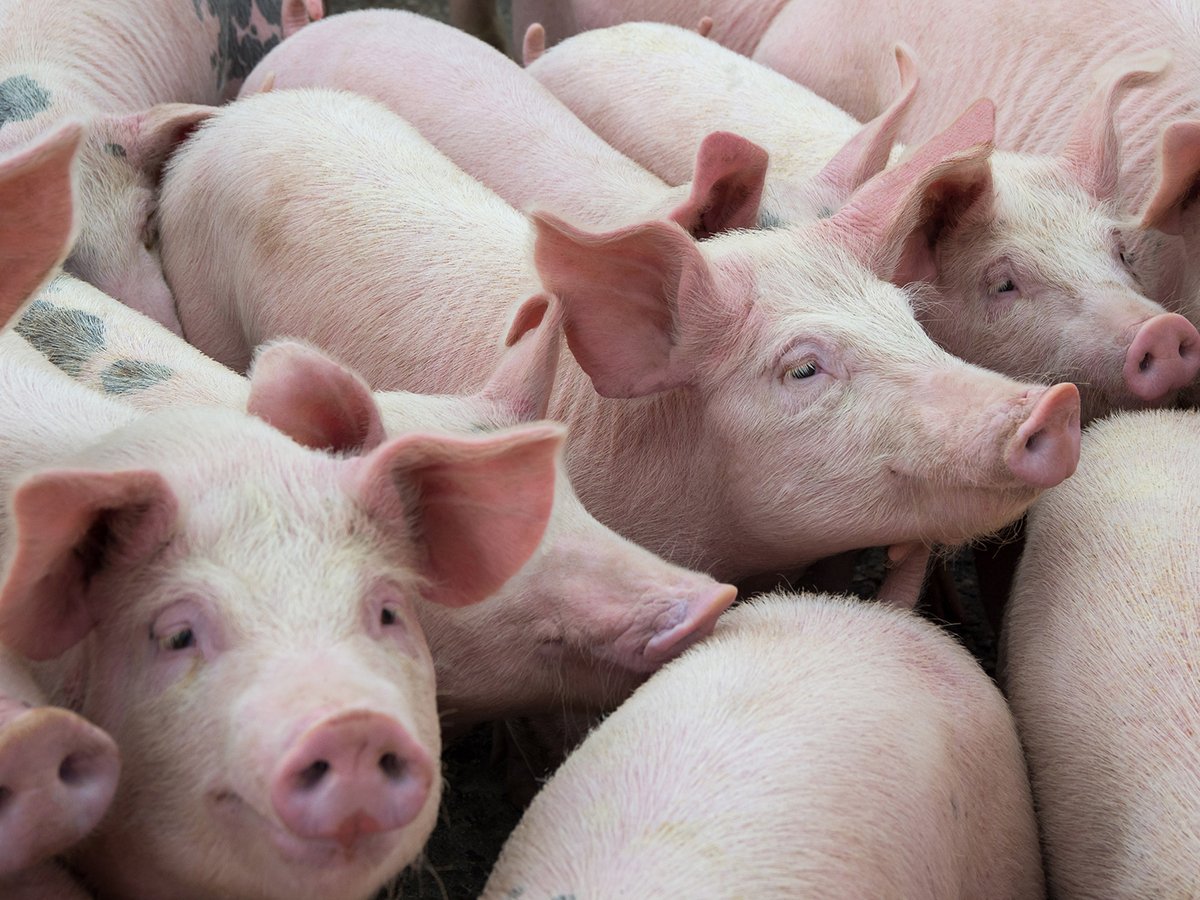A large animal veterinarian must be adaptable, especially with the dynamic production of the animal industry.
Forty or 50 years ago a lot of mixed farms included cattle (some dairy some not), pigs and chickens.
However, farm flocks disappeared and large commercial poultry operations took over. Hogs are now mainly produced on large farms and a veterinary swine specialist often looks after them.
On the other hand, local veterinary practitioners generally attend to most cattle needs. They are available and capable.
Herd health visits are regularly scheduled on larger operations, especially on the dairies, which has reduced a lot of emergency work. That, and easy calving beef lines, have almost made caesarean sections and hard pulls things of the past.
Read Also

Quebec pork company calls for transparency around gene-edited pigs
Quebec-based pork company duBreton is calling for transparency around meats from gene-edited pigs on concerns that a lack of mandatory labelling will confuse consumers, and dilute certification claims. The organic sector is also calling for labelling rules.
The discovery of BSE in Canada in 2003 hit the industry hard. Many things that had been routinely done were now left out, such as pregnancy diagnosis, vaccinations and treating individual cows. Management decisions were also neglected, such as when and what to vaccinate for and when to pull the bulls.
Pessimism fell over the entire beef cattle industry.
BSE also hit the dairy industry hard. Cull cow prices dropped through the floor, which had provided needed income to the dairy industry. As well, valuable breeding stock could not be exported.
A large section of the beef industry was sold off over time, resulting in a much smaller Canadian cattle herd.
The cattle industry is now much stronger price-wise, and many top producers have started re-implementing preventive procedures.
Some never stopped doing the good management procedures, which is admirable, especially when times were tough.
Now is the time for other producers to start catching up and realize that a lot of these procedures return dollars, especially in a high market.
We are starting to examine more individual cows again as their value, and the value of their calves, rises.
I want producers to carefully go over the following list and think about whether they take care of these procedures on their ranches.
It is advisable to treat newborn calves for pneumonia and scours and hook them up to intravenous fluids if they are dehydrated from scours.
Most clinics can keep these calves isolated, warm and the fluids running. As a result, prognosis for recovery is good, and they will often bounce back in one to two days.
Your veterinarian may have to visit if many cases occur. He can work on diagnosis, prevention and biosecurity measures, which may reduce new cases.
Broken legs on calves usually have a good prognosis and treatment is definitely worth examining with today’s market.
Calves born with hernias in which the intestines start to stick out can be saved if they are wrapped, kept upside down and transported quickly.
We have even done several colostomies over the years on calves born without rectums. These calves can go on to reach slaughter weight.
We sent many samples of dead cows away during the BSE era where there had been no treatment. Nowadays, prices are good and deciding to ship a cow early for salvage or treating early may have a good outcome.
Kidney infections don’t have to be a death sentence. Cows will recover and either raise their calf or carry it to term if the infection is caught early and if the treatment is long enough.
However, they may be a walking time bomb because these conditions may reoccur during the next pregnancy. As a result, it’s probably best to ship them the following fall.
Lumpy jaws or wooden tongues carry a good prognosis if treated early. Your vet may need to administer sodium iodide intravenously as well as other treatments, but in most cases the wooden tongue is cured and the lump jaw is arrested at that point. The bony changes to the jaw will stay the same, but the condition should not worsen.
Mastitis and metritis, which is an infection in the uterus, also have favourable outcomes most times if vigorously treated.
Your veterinarian may prescribe anti-inflammatory drugs. One must also consider that this is like treating two animals because these diseases often crop up shortly after calving season. Cows must be healthy to provide enough milk for their calves.
Sole abscesses, corns and septic arthritis can have favourable outcomes if properly treated.
By working together selecting the proper bulls, deworming, devising new implant strategies and using beta agonists such as Zilmax or Optaflexx in feedlots producers will almost surely improve gains.
















